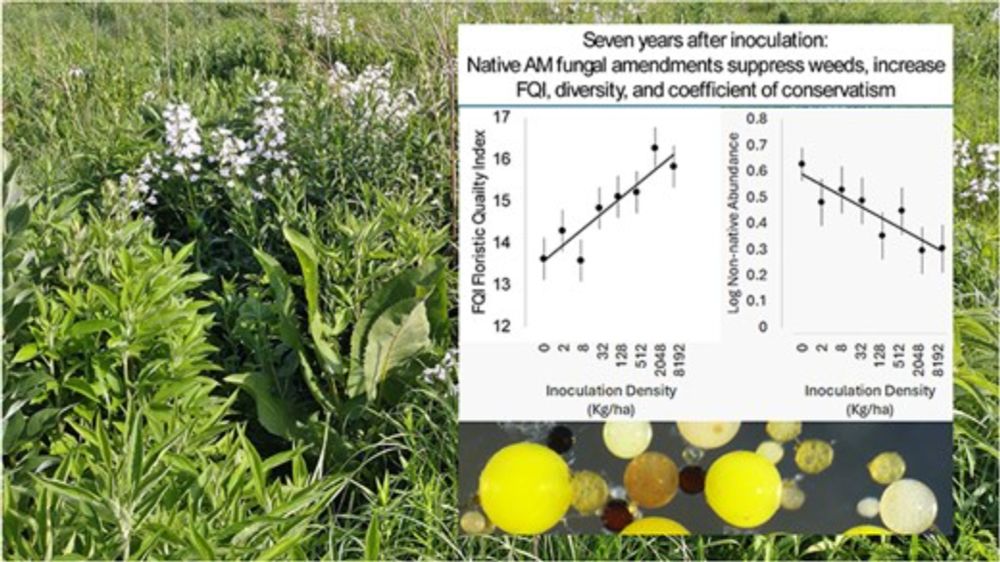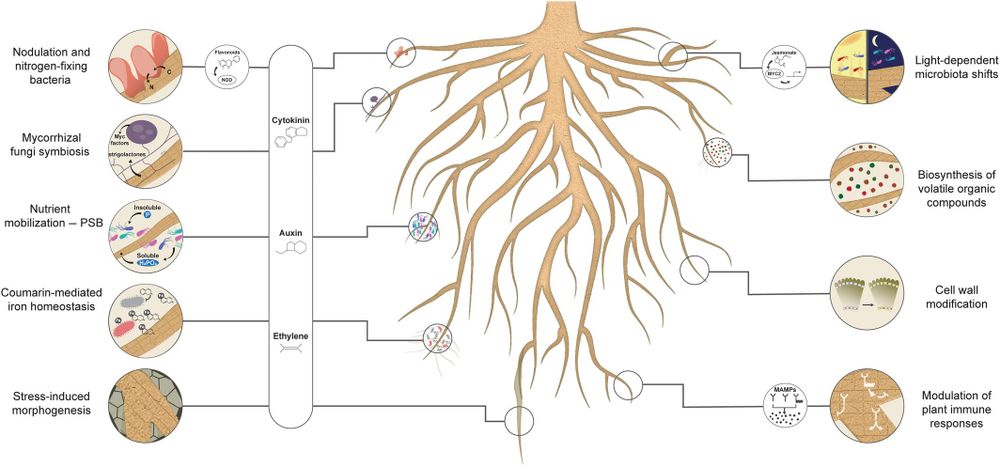Seth Munson
@smmunson.bsky.social
630 followers
110 following
44 posts
Plant, ecosystem, restoration ecologist in the southwestern US researching global drylands.
Posts
Media
Videos
Starter Packs
Reposted by Seth Munson
Reposted by Seth Munson
Seth Munson
@smmunson.bsky.social
· Sep 2
Reposted by Seth Munson
Reposted by Seth Munson
Meade Krosby
@meadekrosby.bsky.social
· Aug 27
Reposted by Seth Munson
Karolina Heyduk
@kheyduk.bsky.social
· Aug 19

Cryptic CAM photosynthesis in Joshua tree (Yucca brevifolia, Y. jaegeriana)
Joshua trees are long-lived perennial monocots native to the Mojave Desert in North America. Composed of two species, Yucca brevifolia and Y. jaegeriana (Asparagaceae), Joshua trees are imperiled by...
nph.onlinelibrary.wiley.com
Reposted by Seth Munson
Liz Koziol
@lizkoziol.bsky.social
· Aug 18

Seven years later: native AMF inoculation improves grassland successional stage, floristic quality index, and diversity, while suppressing weeds
Native mycorrhizal fungi enhance prairie restoration by boosting native plant diversity, supporting late-successional species, and reducing invasive plants
academic.oup.com
Reposted by Seth Munson
Anping Chen
@dranpingchen.bsky.social
· Aug 16
Seth Munson
@smmunson.bsky.social
· Aug 17
Seth Munson
@smmunson.bsky.social
· Aug 15

Bridging theory and practice to inform seed selection for restoration
Key differences between the agency guidance and scientific literature indicate opportunities to integrate theory and practice to improve seed selection. Research and guidance to mitigate the genetic ...
onlinelibrary.wiley.com
Reposted by Seth Munson
Reposted by Seth Munson
Reposted by Seth Munson
Reposted by Seth Munson



















